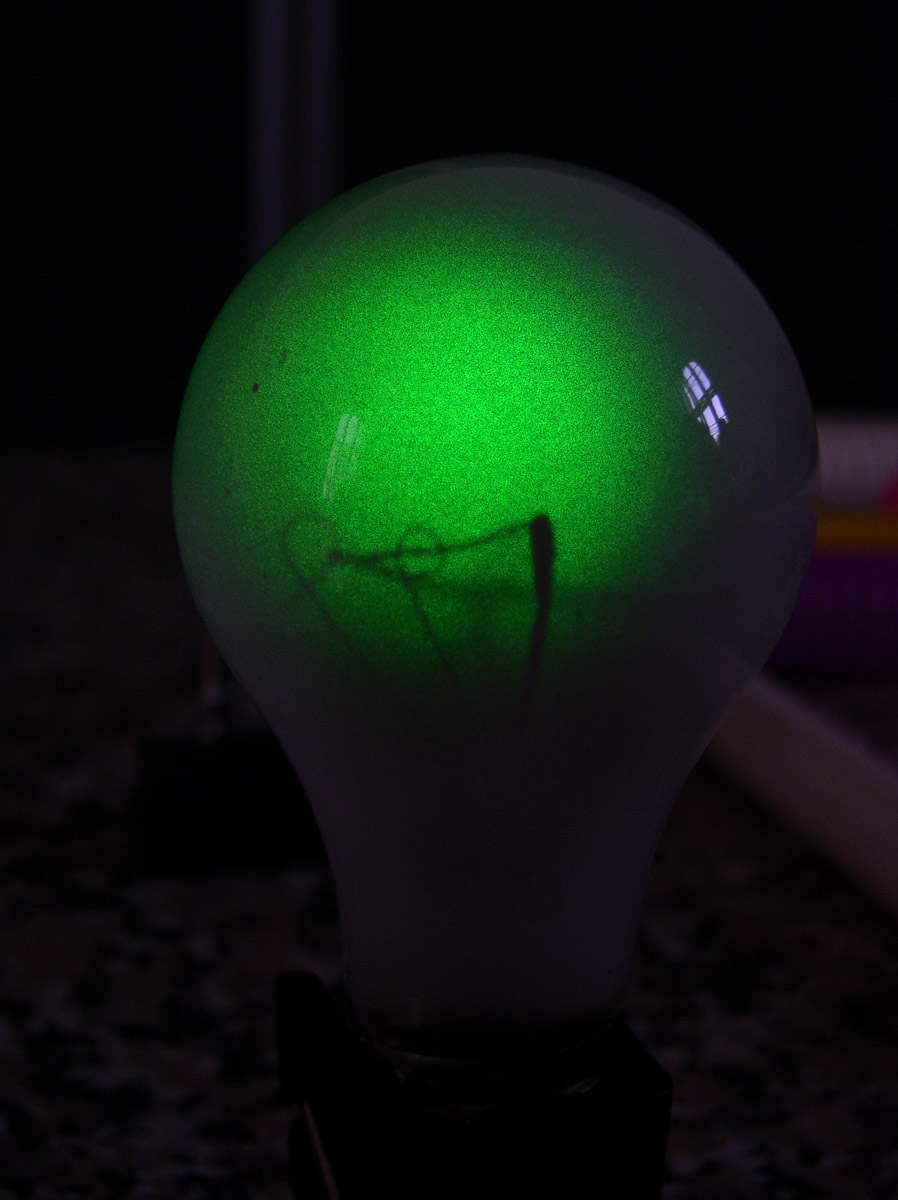What is Science?
2011
1. What is science?
An experimental physicist’s view.
Perception
1. What is science. http://www.exo.net/~pauld/summer_institute/what_is_science.html
An introductory view by an experimental physicist.
Observe the universe and make a hypothesis.
*Look for experiments that test a hypothesis, then look for confirming experiments. It is not science if it cannot be tested and possibly proven wrong.
* I doubt it! Scientists are professional doubters, they question statements and claims.
* “How do you know that?” You can always ask this of a scientist. They must trace their answer to an experiment.
Science is quantitative. Scientists make models that almost always make numerical predictions. “If it cannot be expressed in figures it is not science it is opinion.” Robert Heinlein
*Science starts with observations, so we must understand human perception as well as how our instruments work.
Scientists must report their findings honestly.
*Science works with models. Models are approximations.
Science takes time.
Science Teaching. Science teachers need to know the breadth of science but not the depth in every part of every subject.
*Teachers can always say: “I don’t know, but I know how to find out.”
*Students, remember that every teacher statement may be followed with: “It’s more complicated than that.”(Science models used in teaching are approximations, choose the right one.)
*When answering a science question it is important to choose the model that is complicated enough to answer the question but not so complicated it obscures the answer. Everyday questions about the motion of things can use Newtonian mechanics, they seldom need to be explained using relativity.
The items with a star * will be important for this lecture series.
Perception
Science is based on observation so scientists must understand human perception. Examine the link between the external world and our perception of the world by examining several illusions.
http://www.exo.net/~pauld/summer_institute/summer_day1perception/day1_perception.html

What does one see when one looks at the string?

Where are the rays that appear around the bulb?

Look at the blind spot card with one eye.

Look at laser light scattered by a frosted lightbulb.

Do the rays coming from the setting sun diverge?
Does the sun or full moon get smaller as they rise?
What object held at arm's length would cover the rising full moon? http://www.exo.net/~pauld/summer_institute/summer_day1perception/moon_illusion.html
How many full moons fit into the bowl of the big dipper?
Galileo makes time measurement quantitative by using a pendulum.
Look at science stories with examples of good and bad science.
Bad Science
Several papers were published in the 1970's, one by James V. McConnell stating that rat memories were stored in RNA. The rats were taught to solve one problem, then their brains were extracted and injected into other rats. These papers were in Error.http://en.wikipedia.org/wiki/Memory_RNA
Cold fusion; Stanley Pons, and Martin Fleschmann 1989. Experiment was repeated in two labs then shown to be in error when it was checked at MIT. (As some noted the first University to check the result that spent more on physics than football) http://en.wikipedia.org/wiki/Cold_fusion
Good Science that was thought to be bad.
Alfred Wegener published a paper that continents drifted. (As any schoolboy can see.) However scientists at the time could not figure out any scientifically consistent mechanism that would allow continents to move across the surface of the earth. So he was denounced for doing bad science. However, it has been found that continents do move on a fluid layer. http://en.wikipedia.org/wiki/Alfred_Wegener
Simultaneous discovery of good science
Charles Darwin and Alfred Wallace published their ideas of evolution at the same time. Darwin had been working on his theory for a long time and ruched to publish when he heard of Wallace's work.
Isaac Newton and Gottfreid Liebnitz discovered calculus at about the same time.